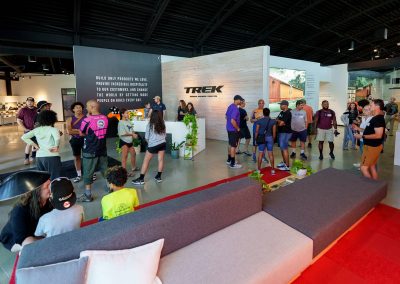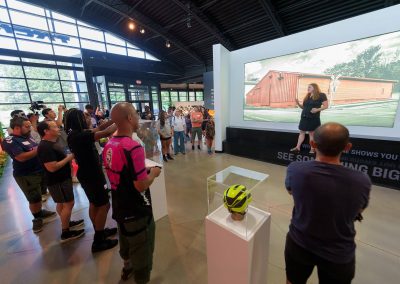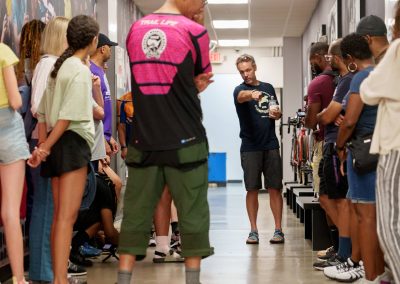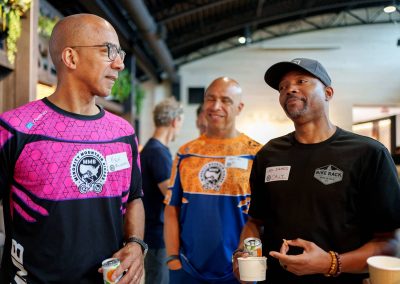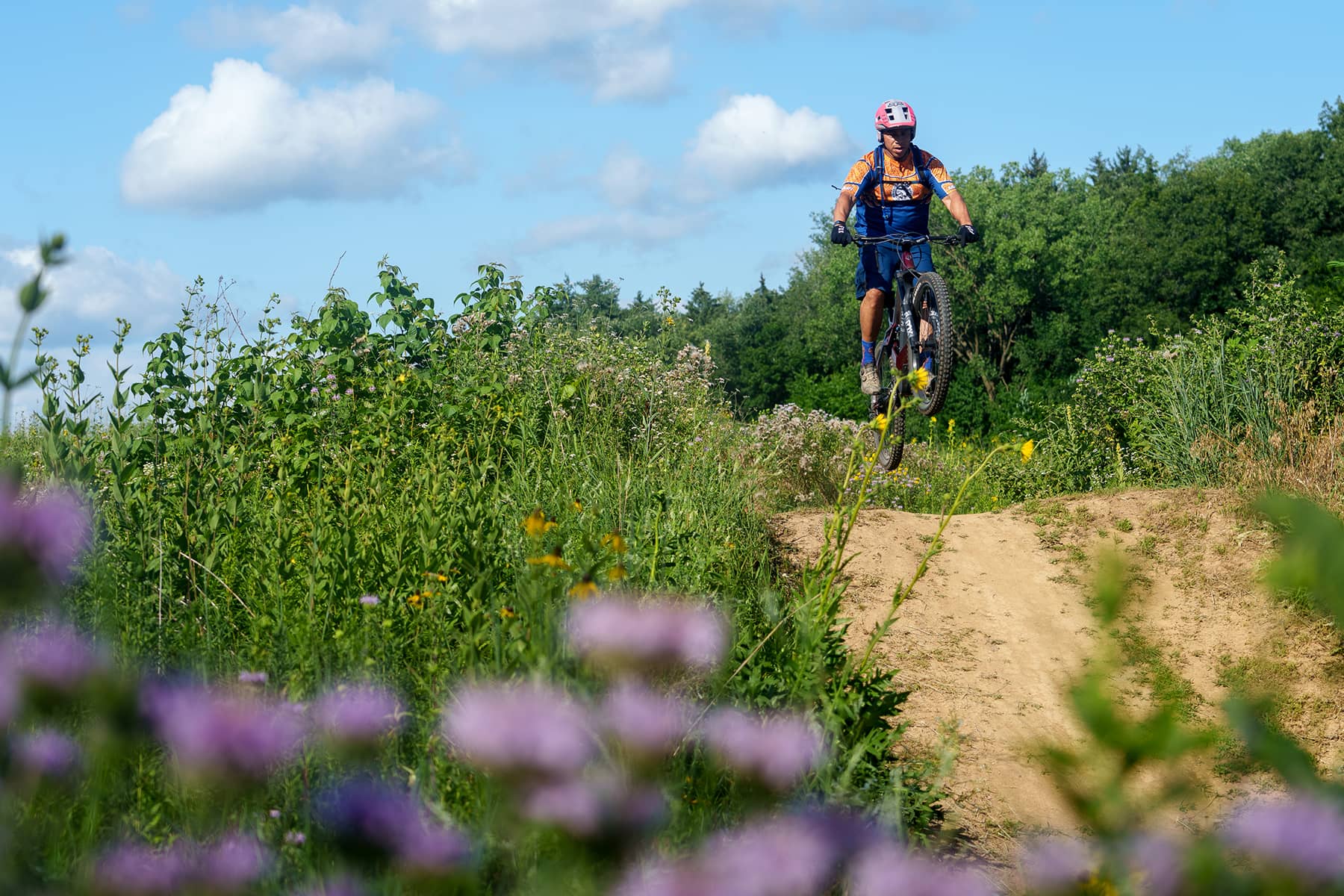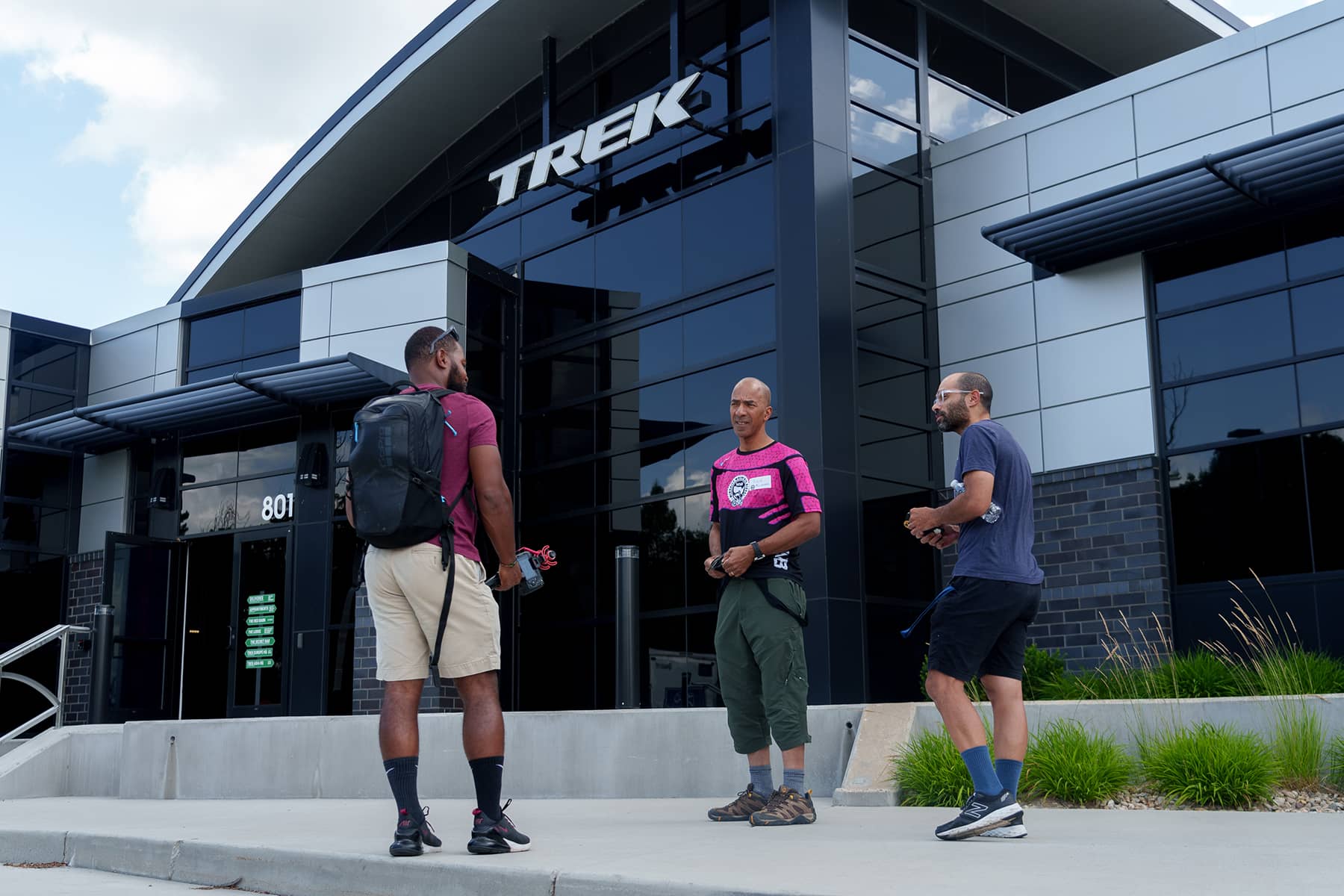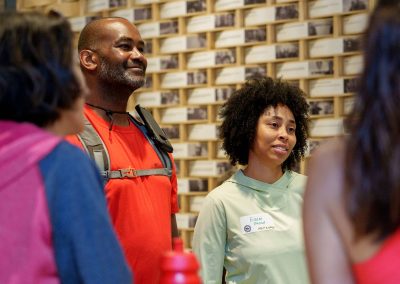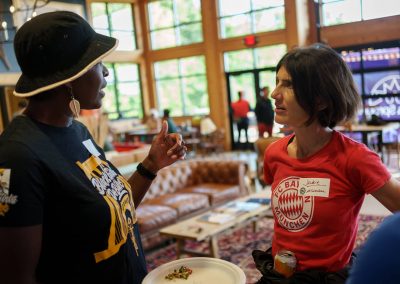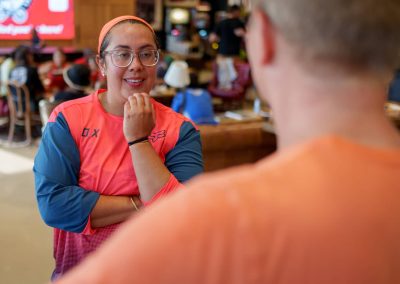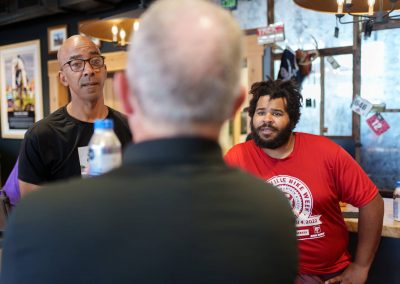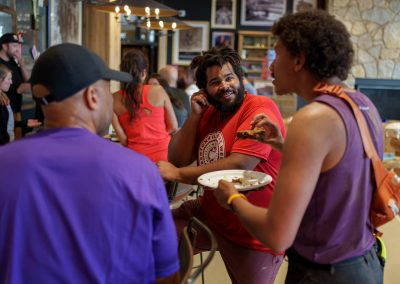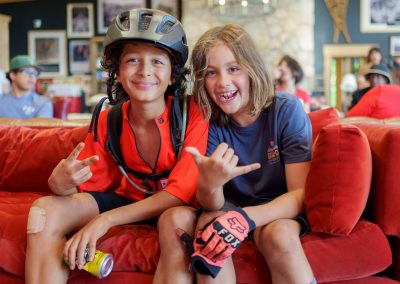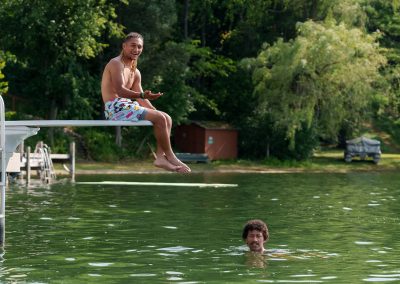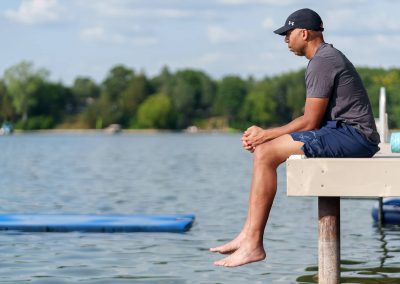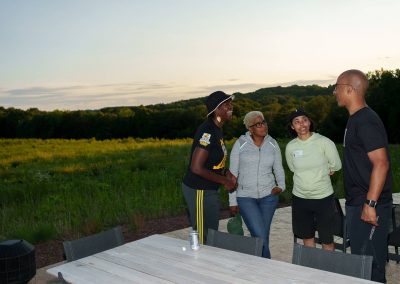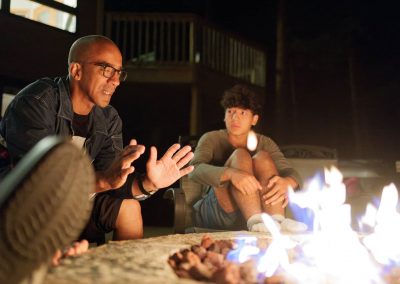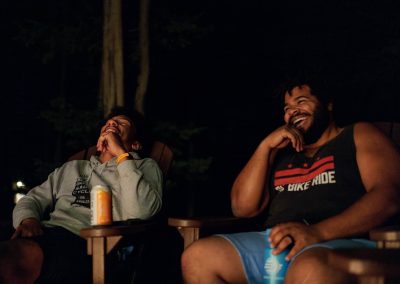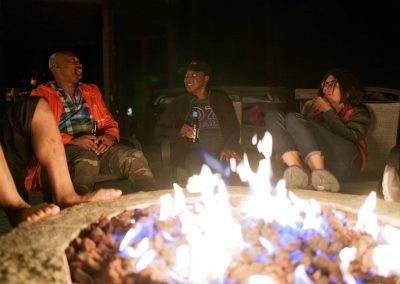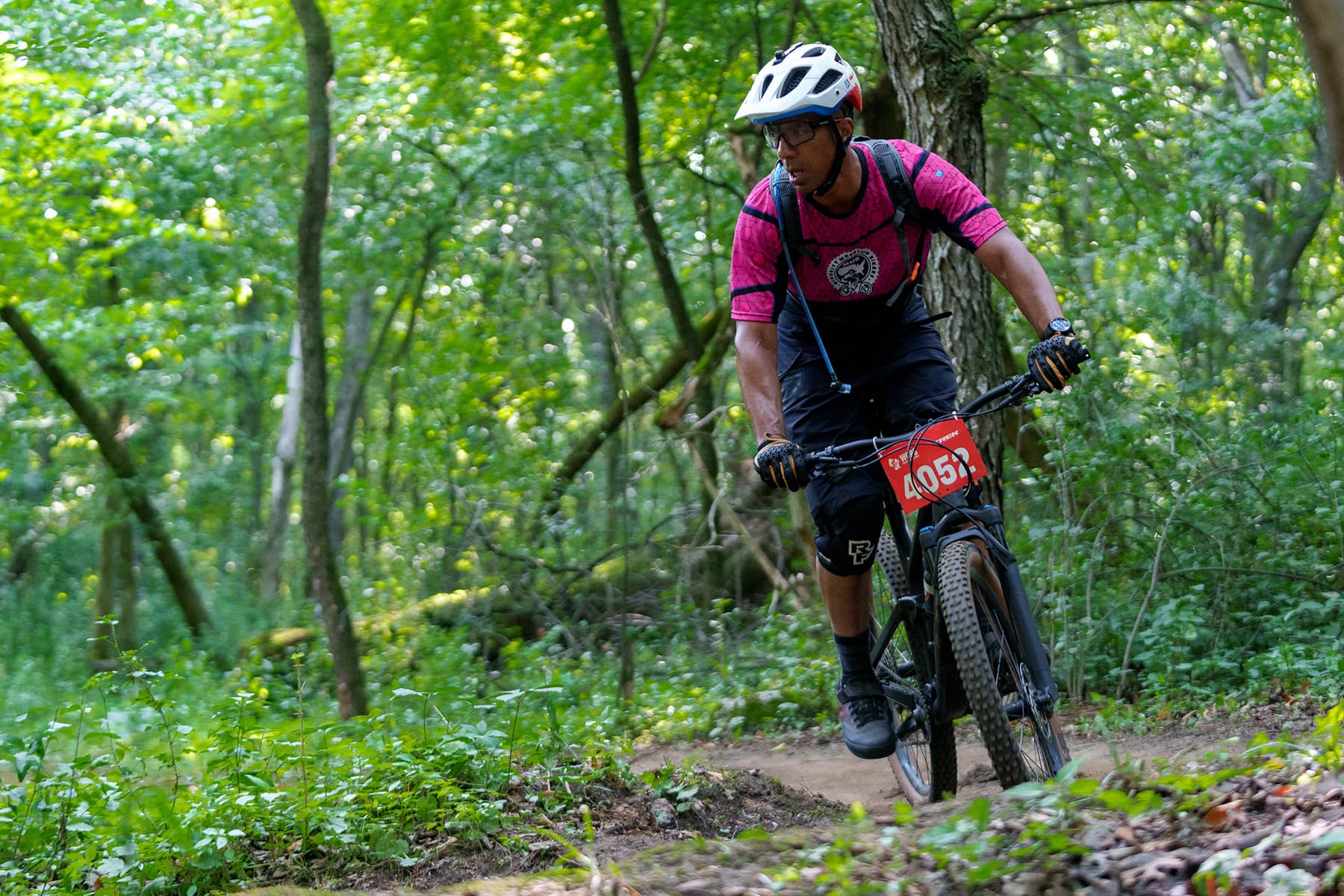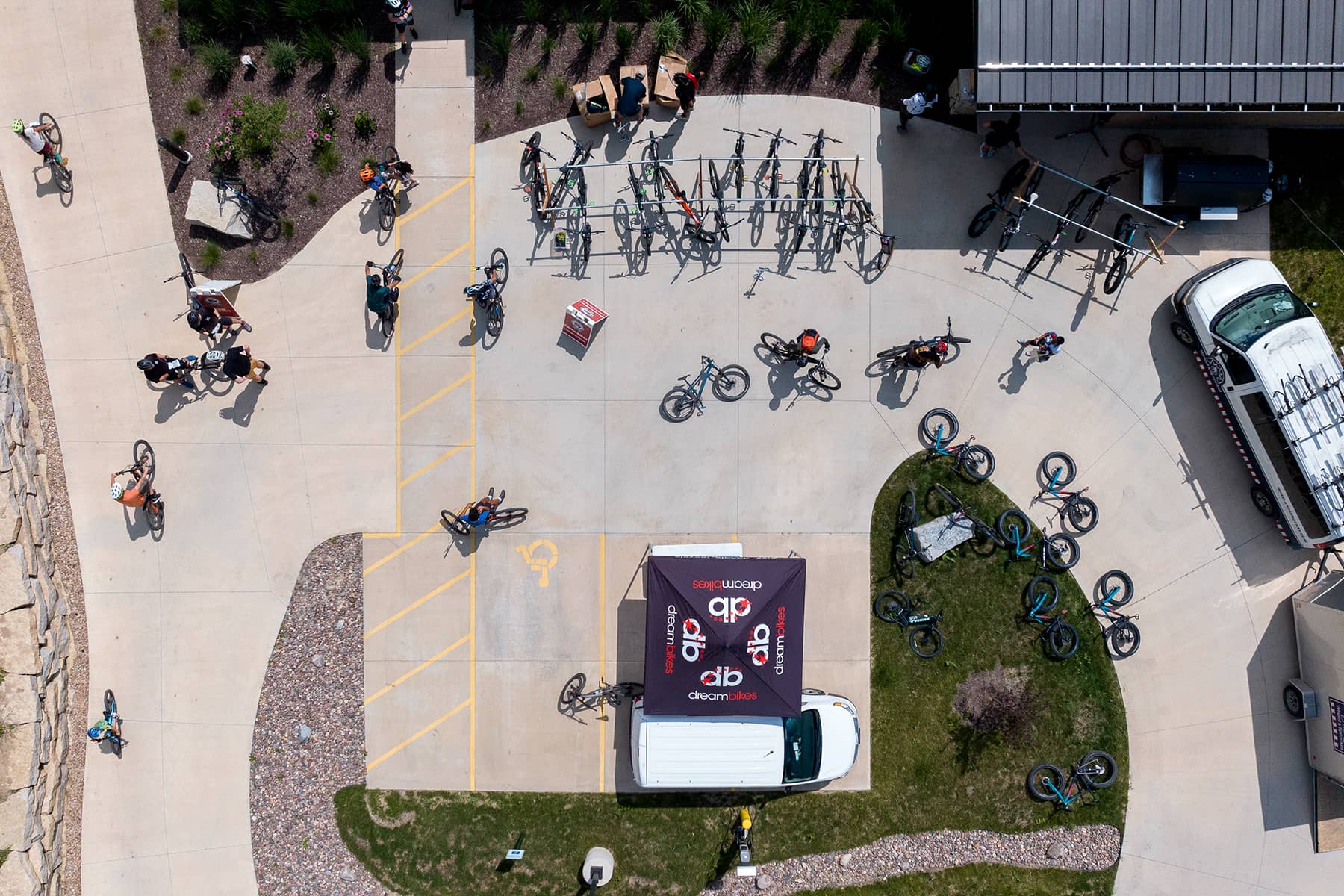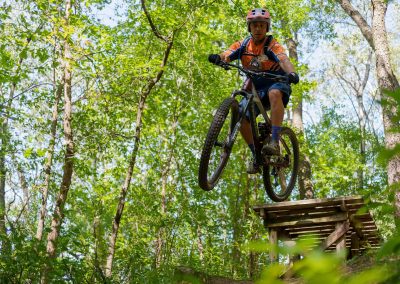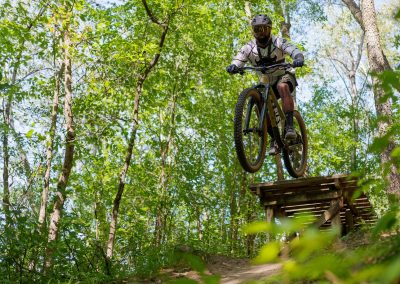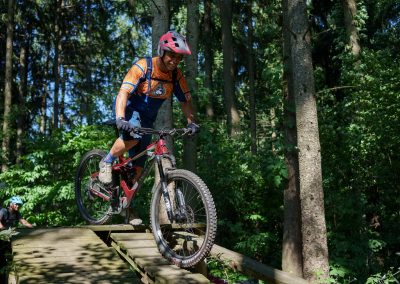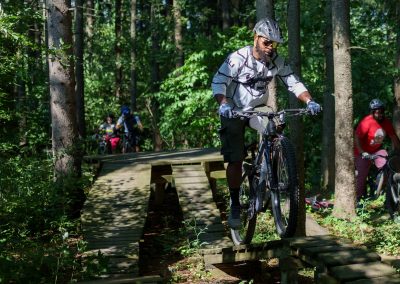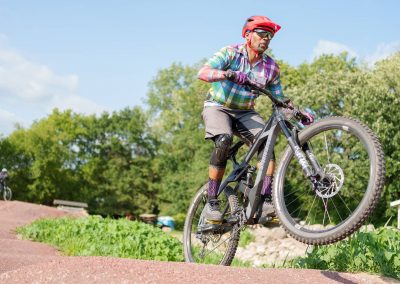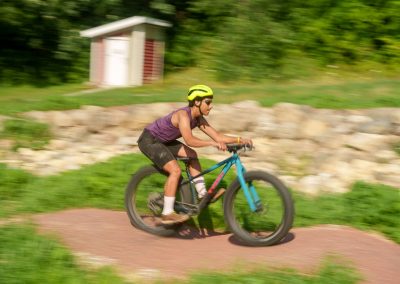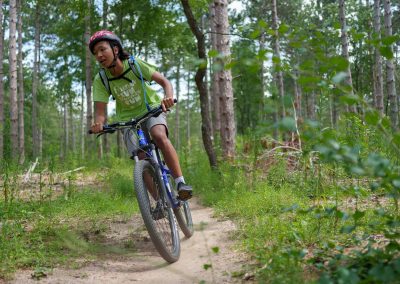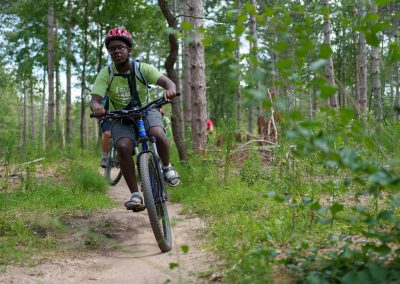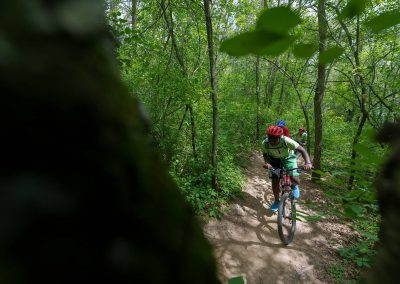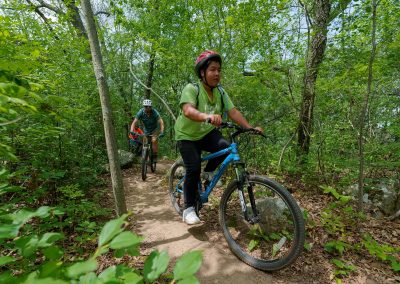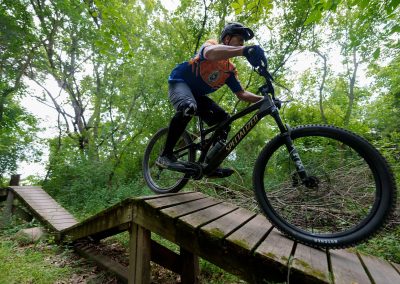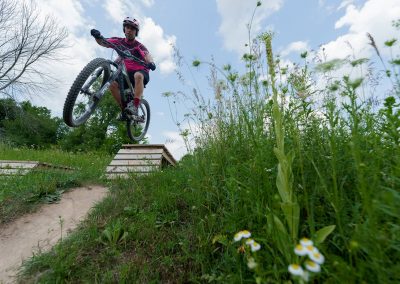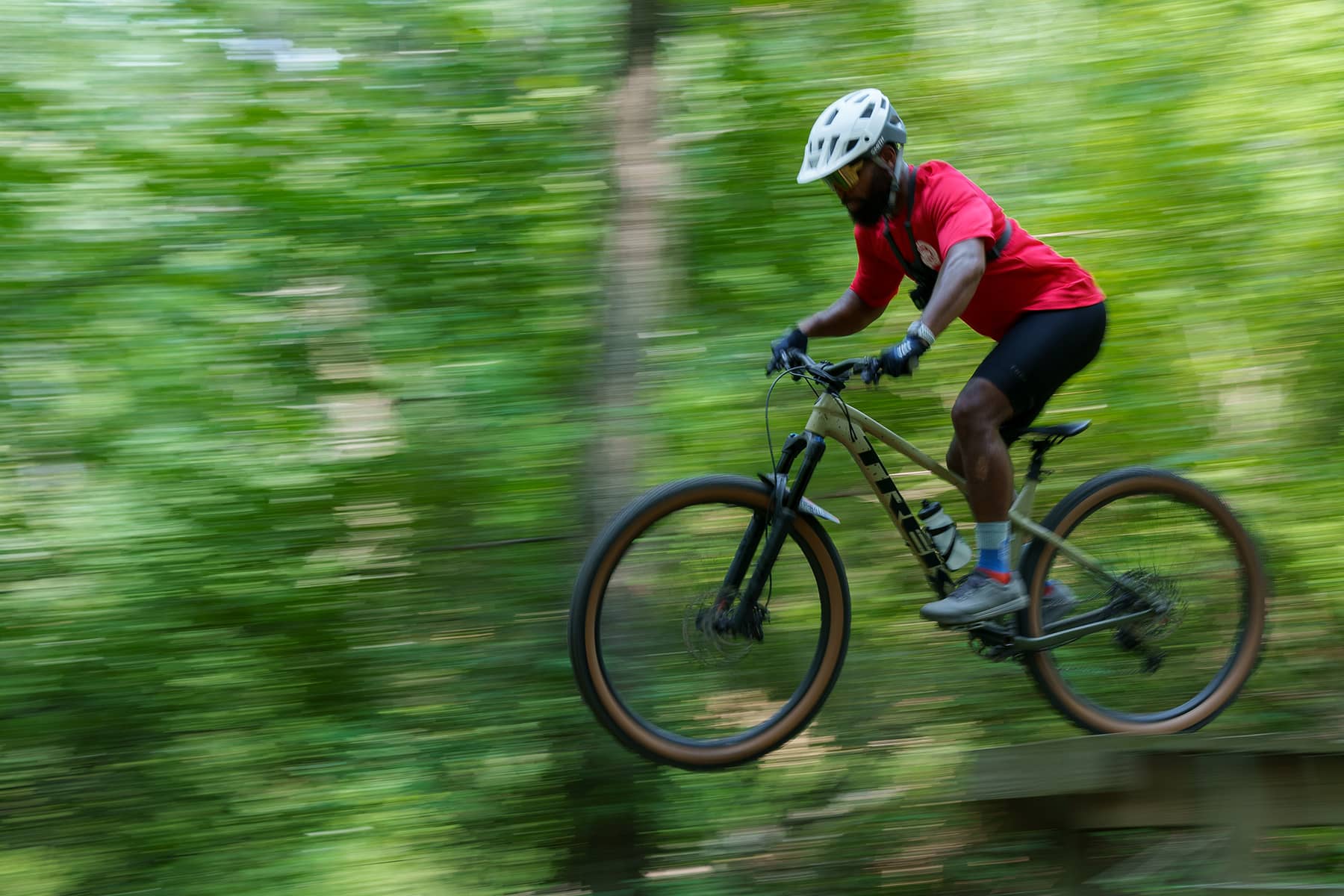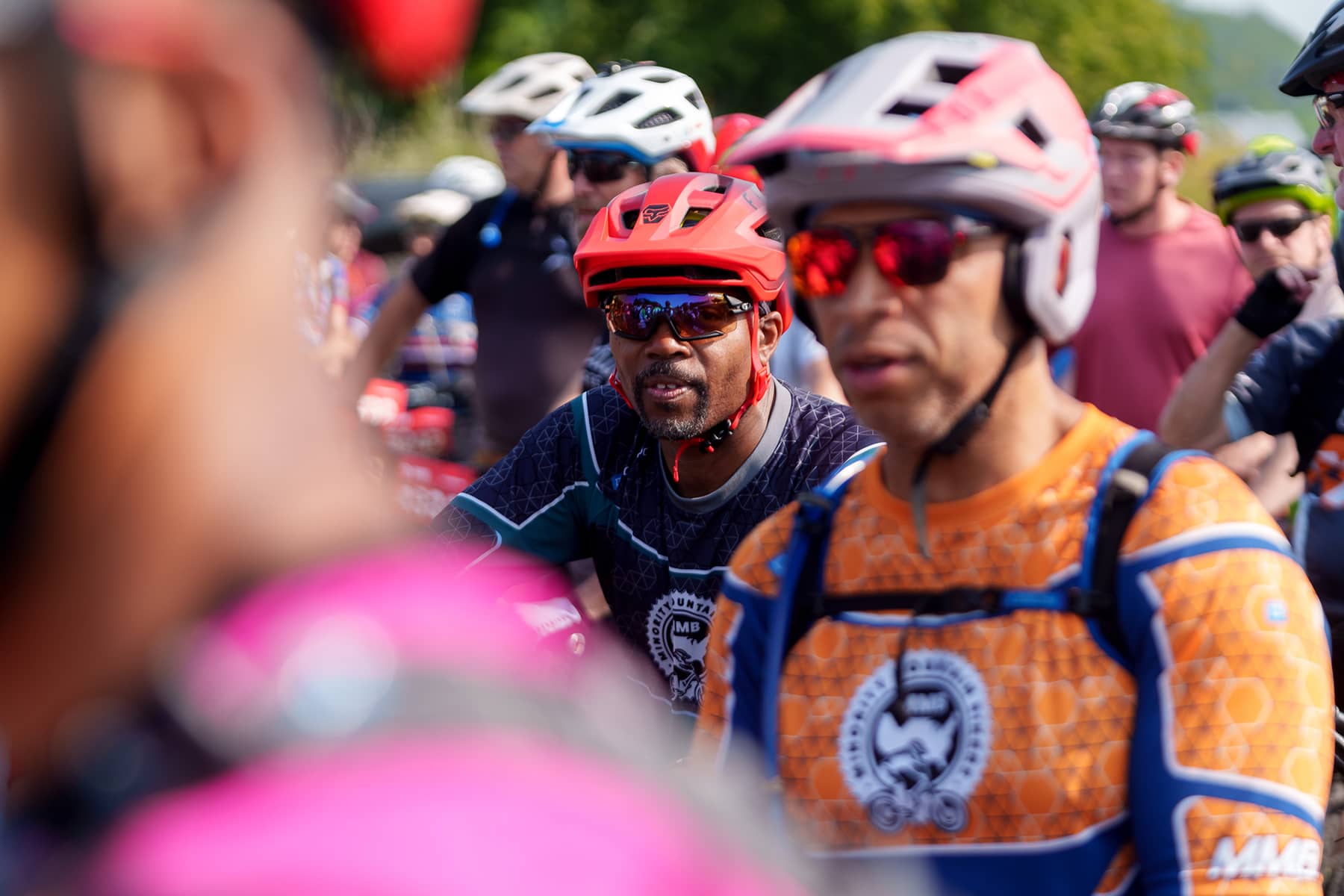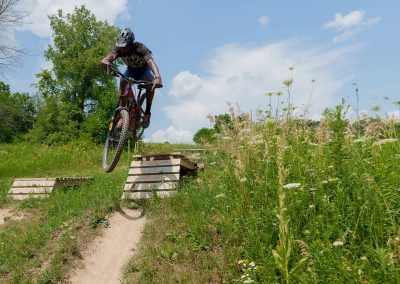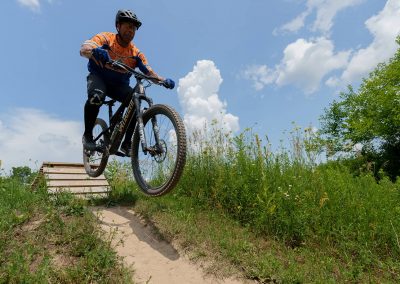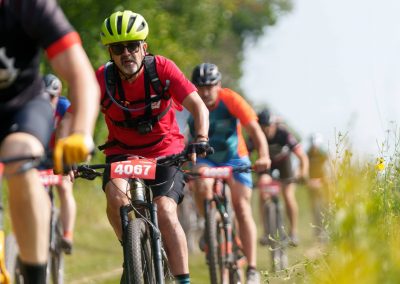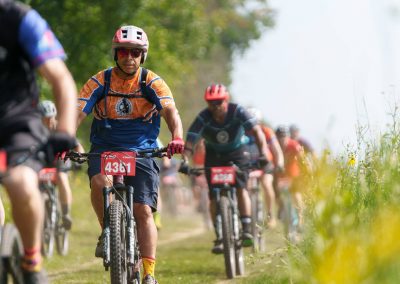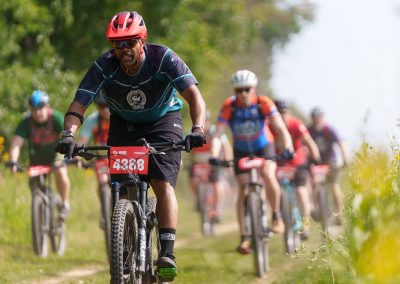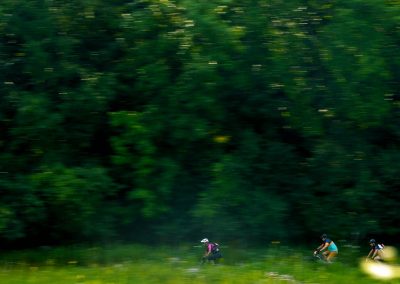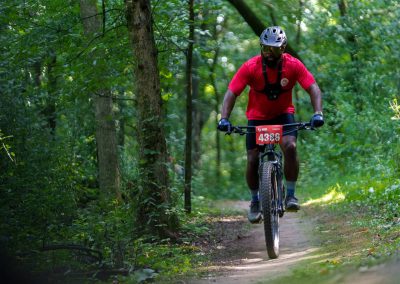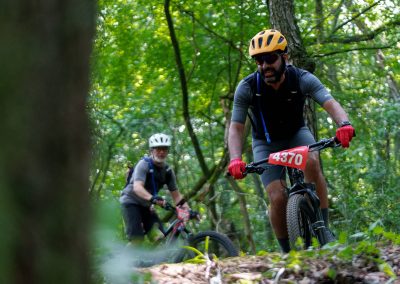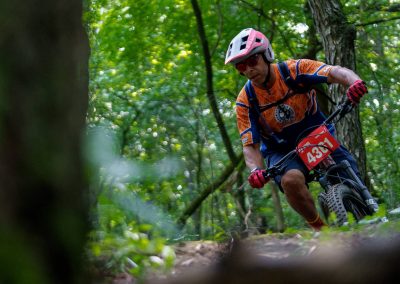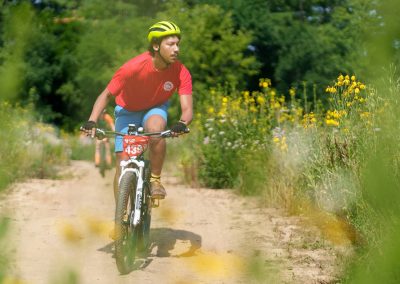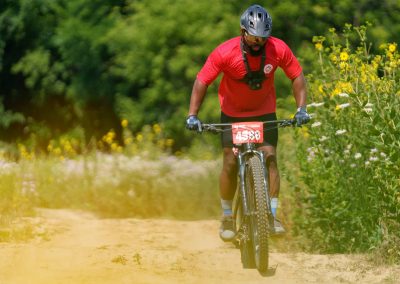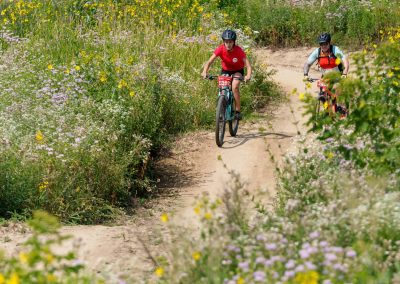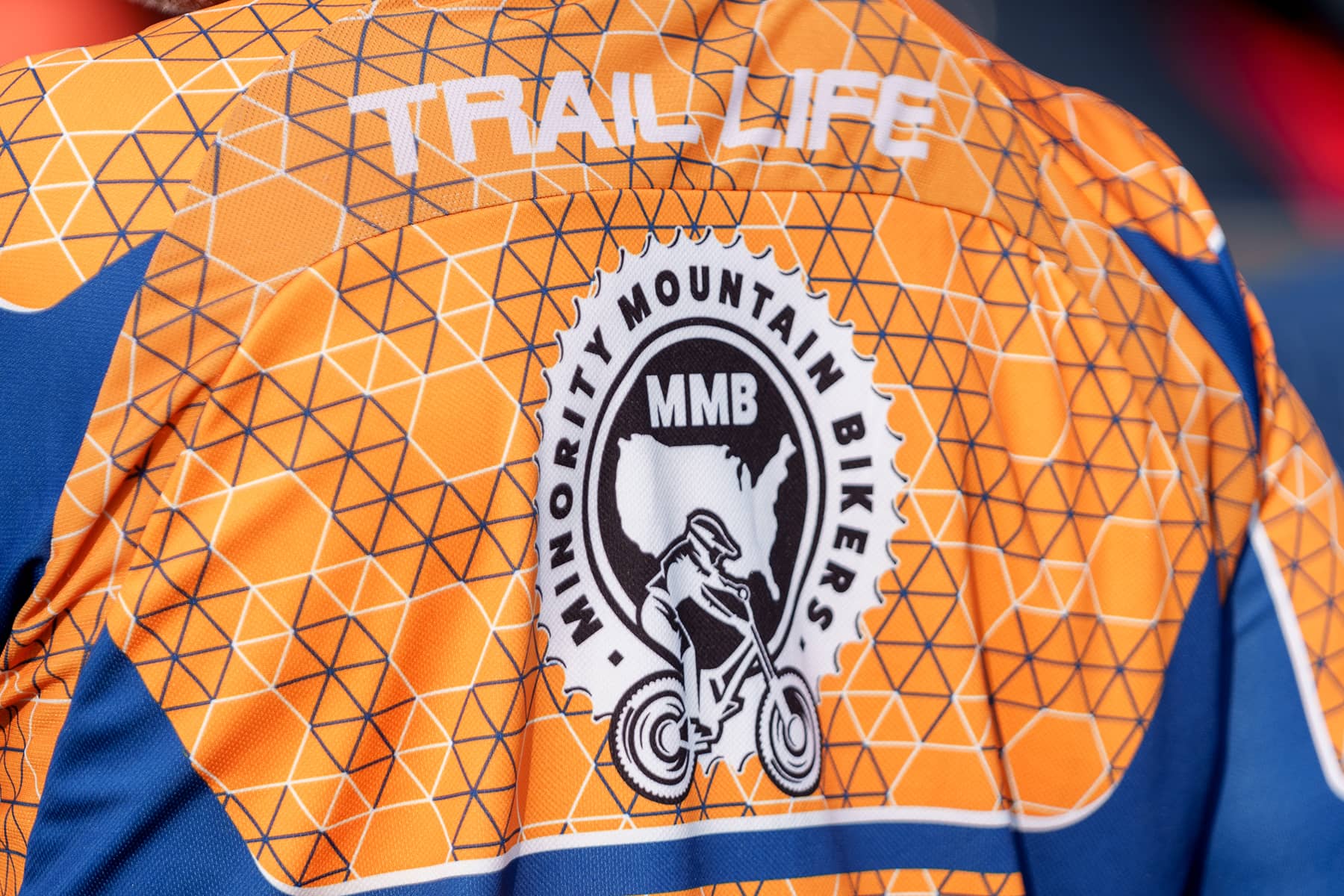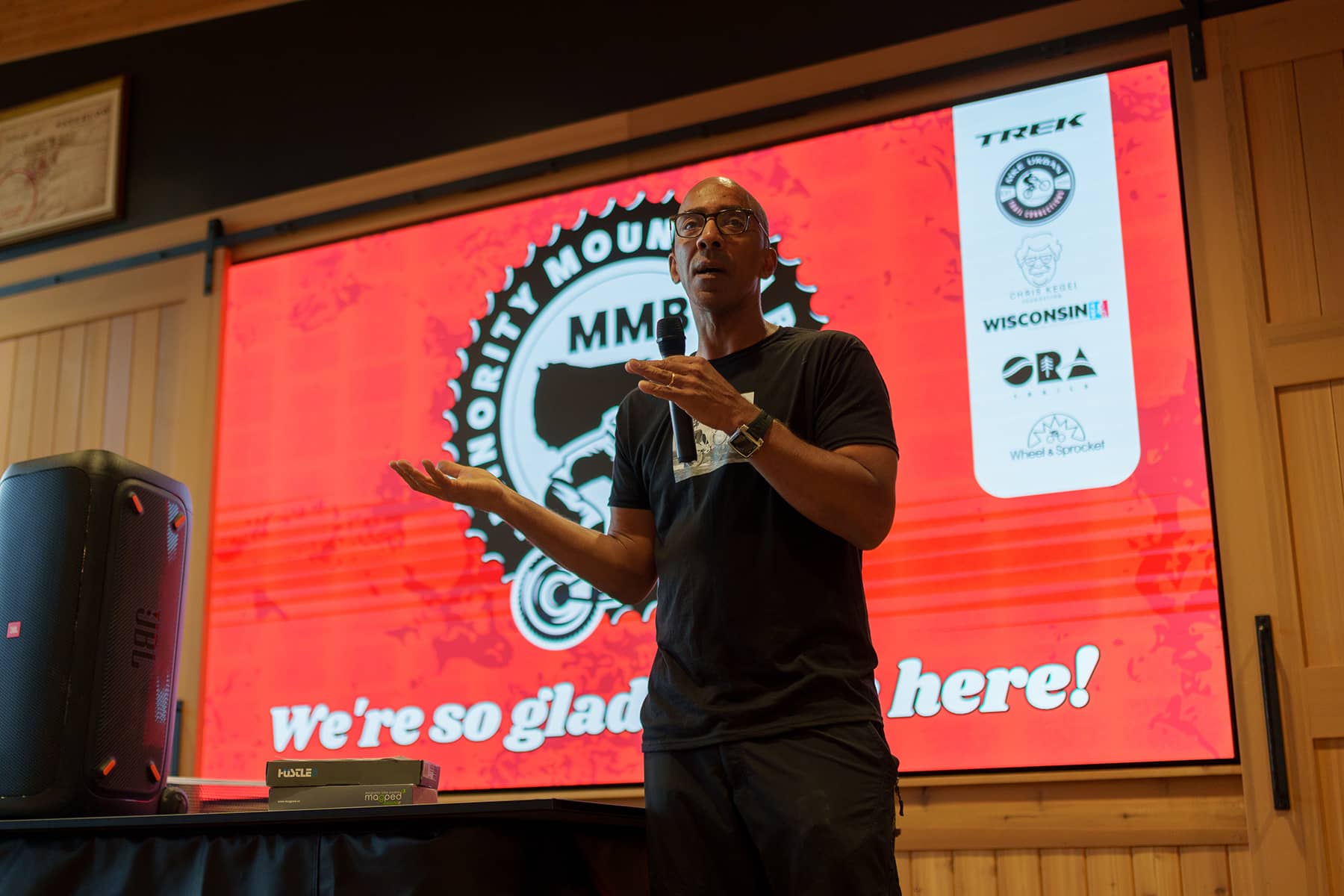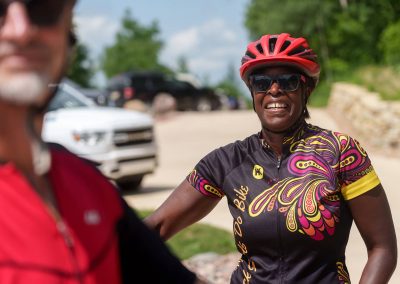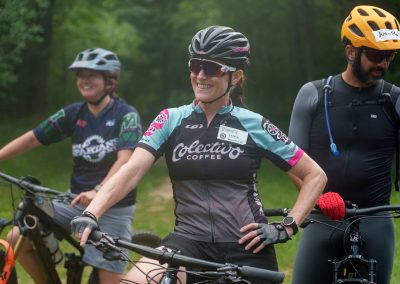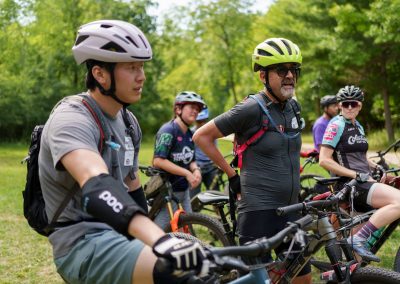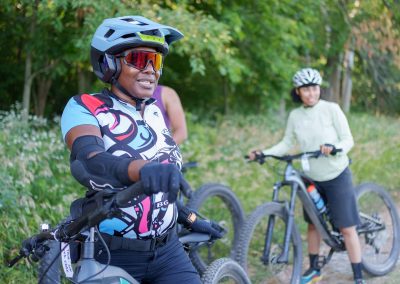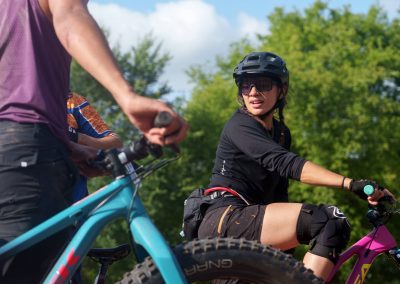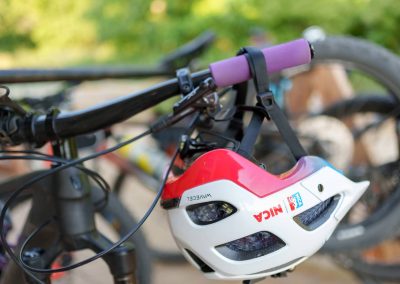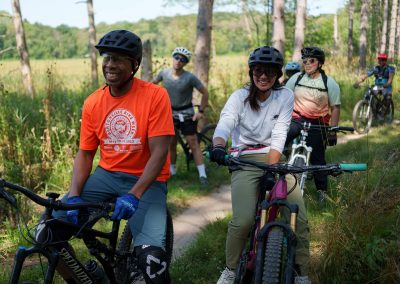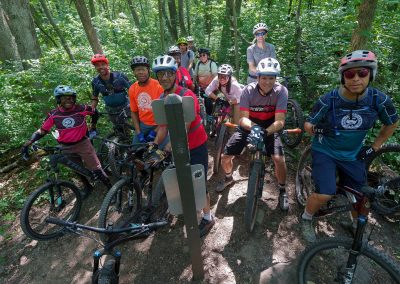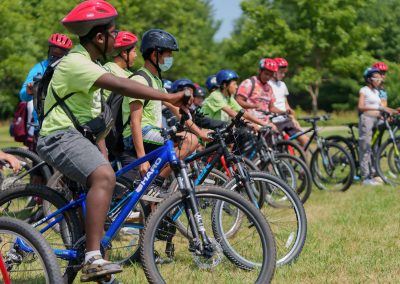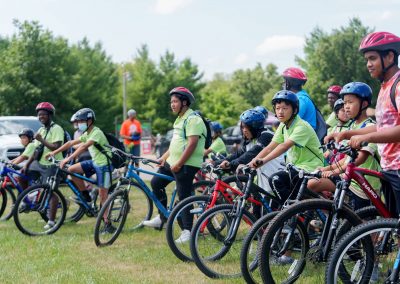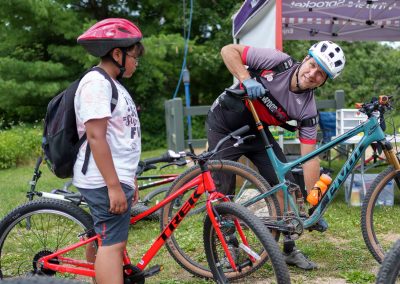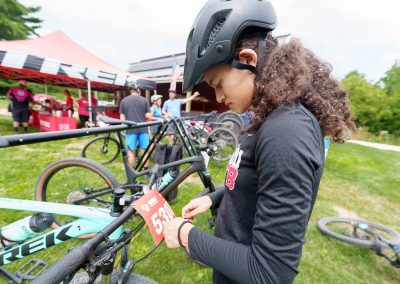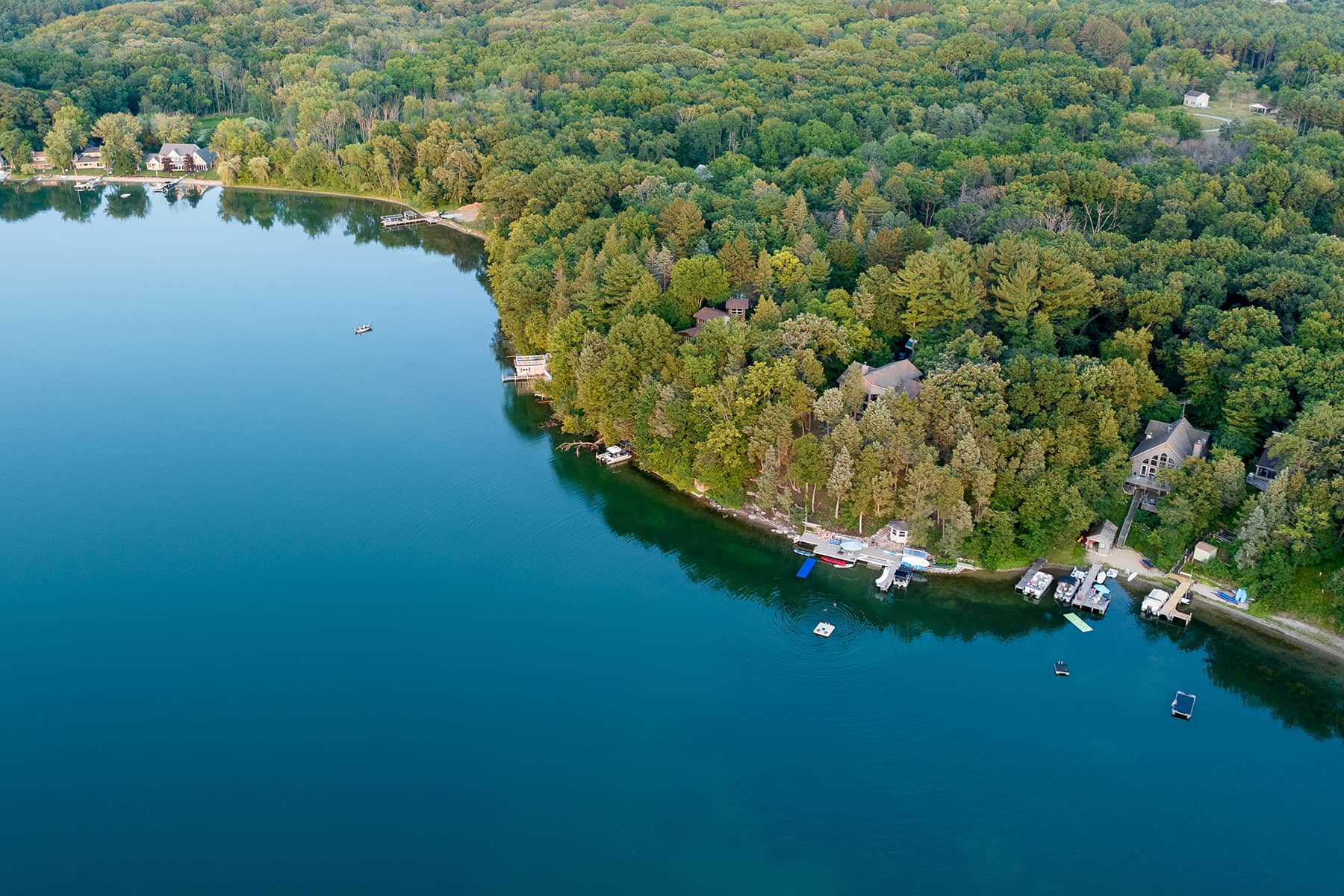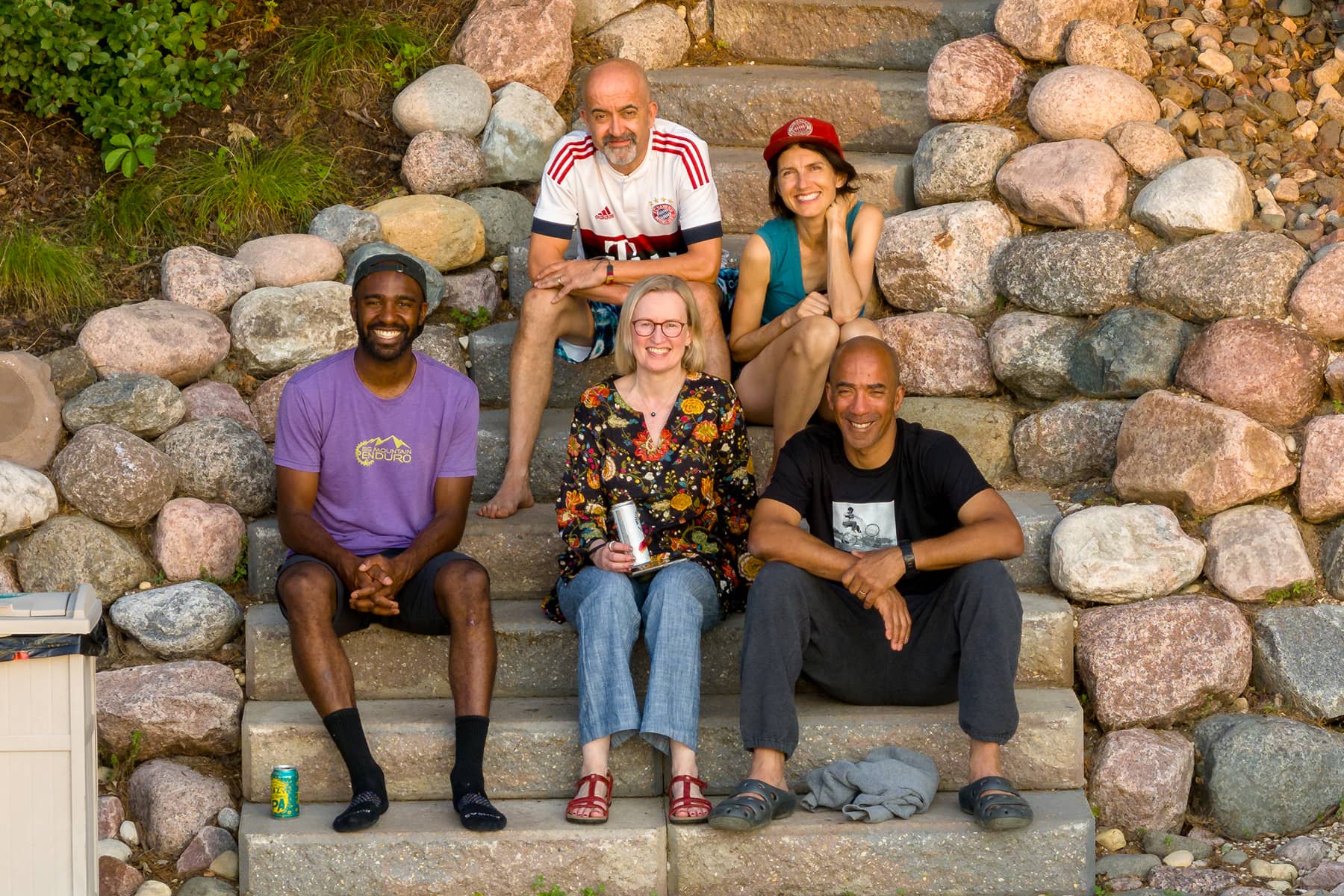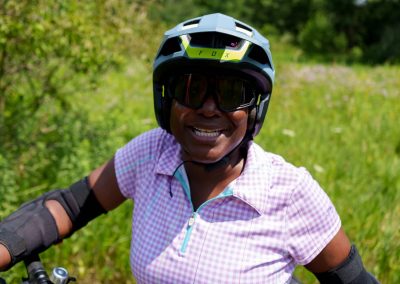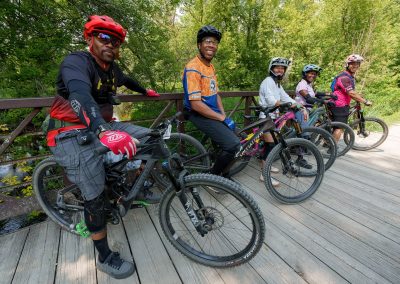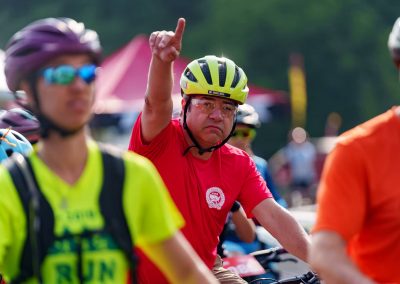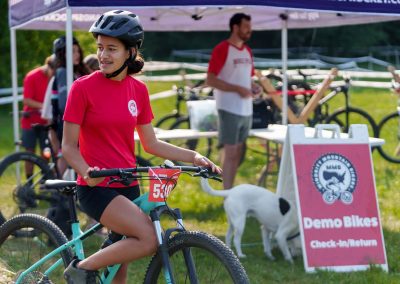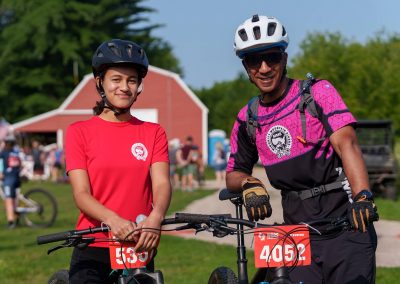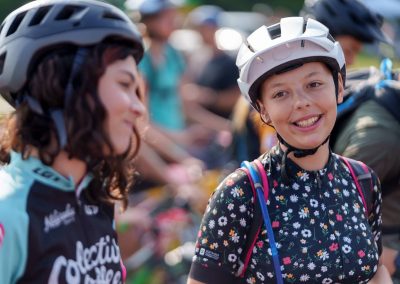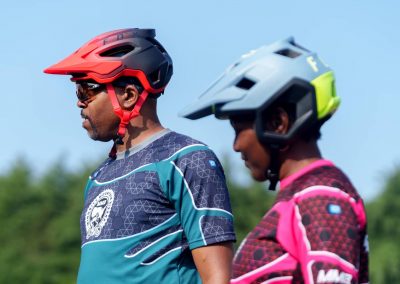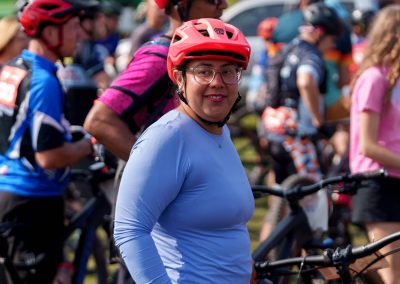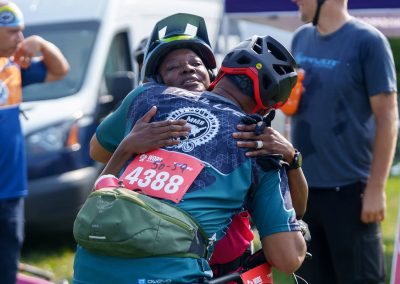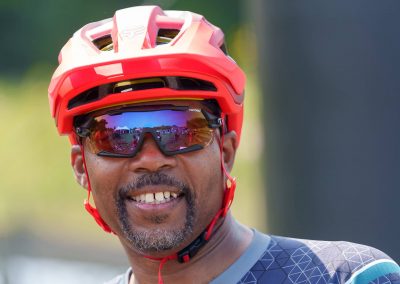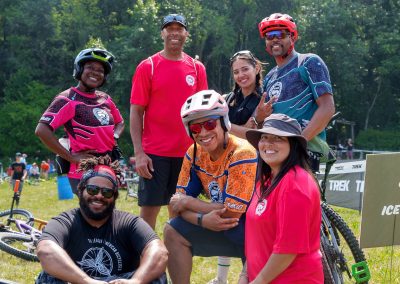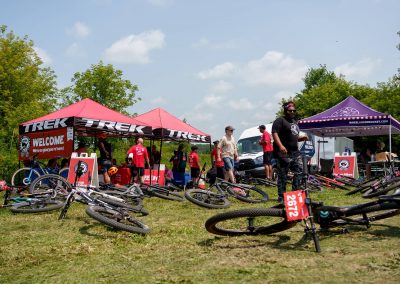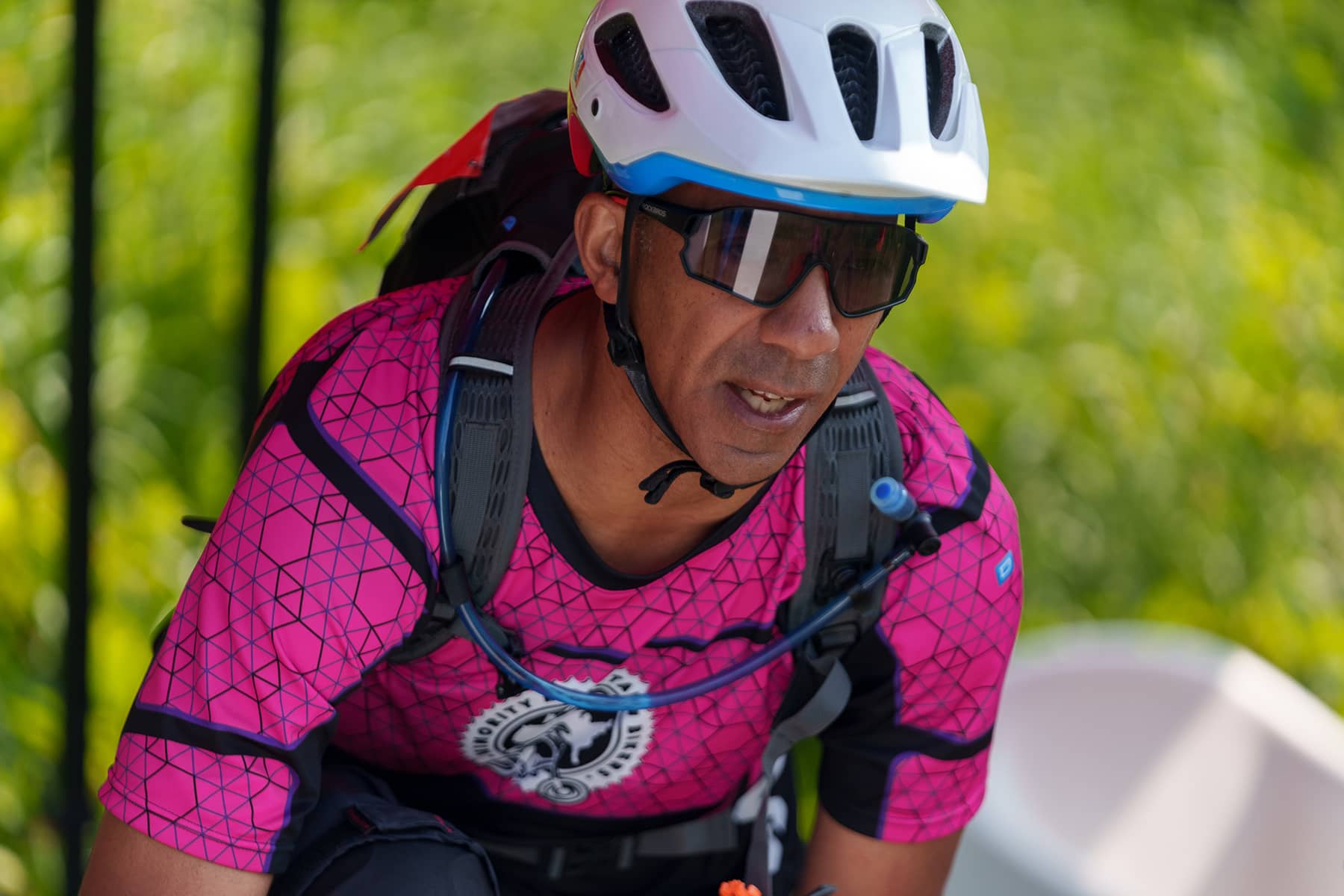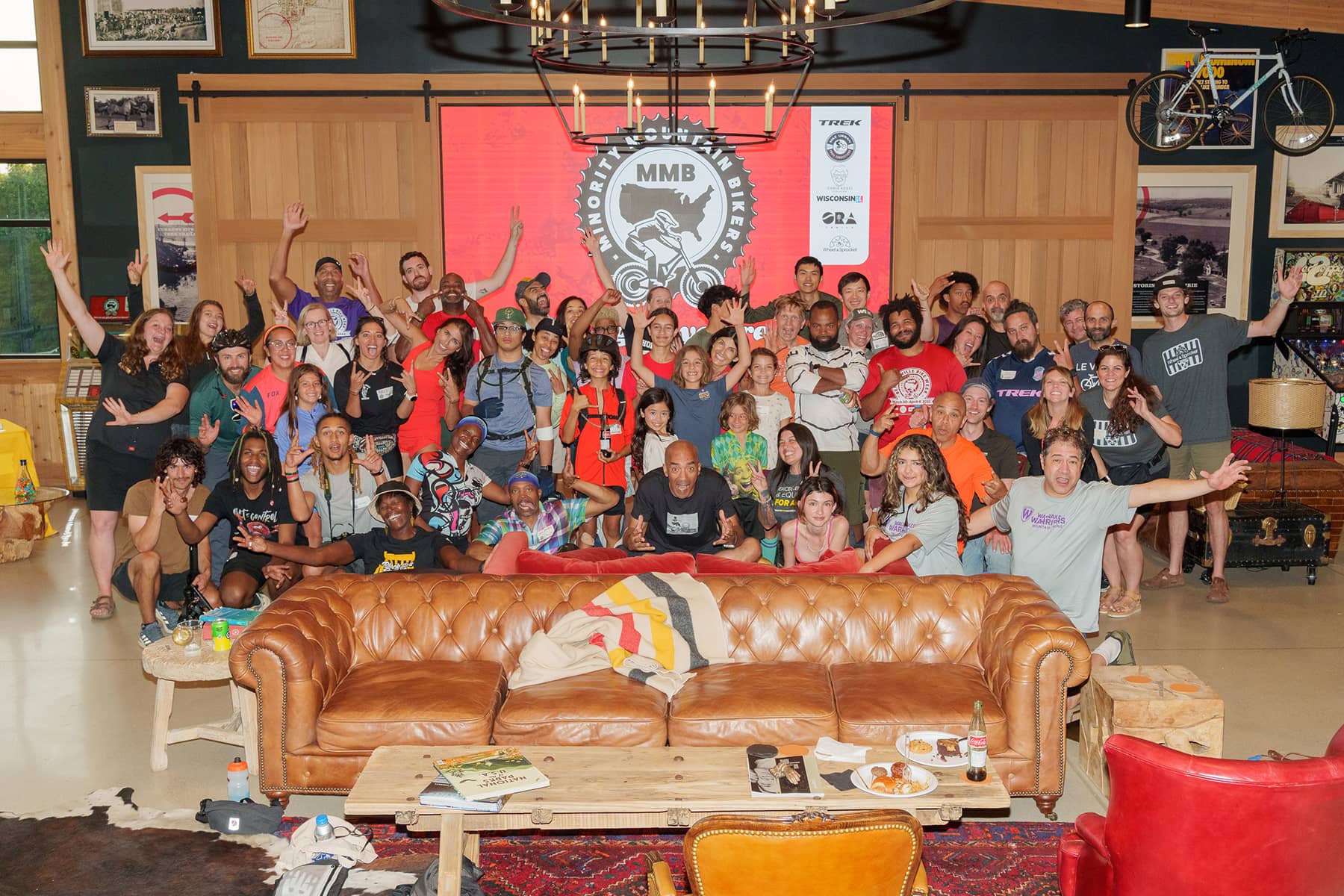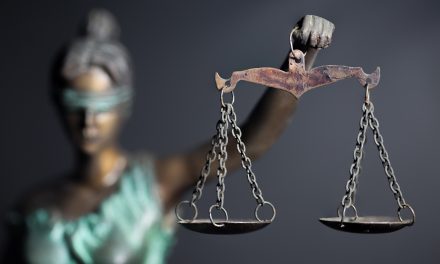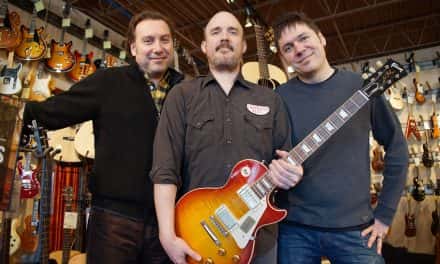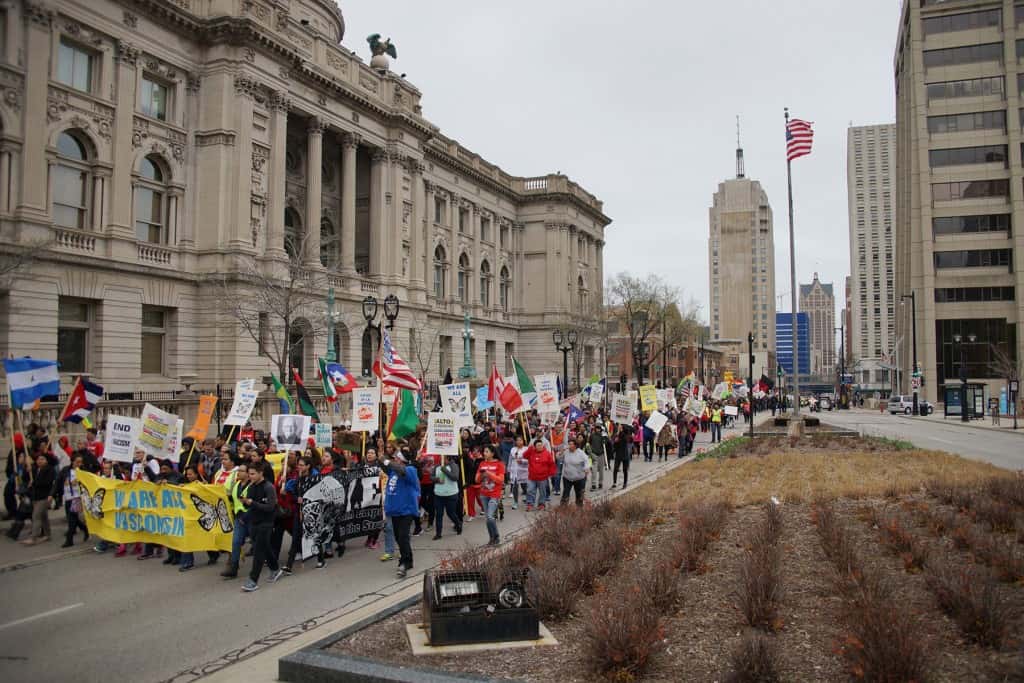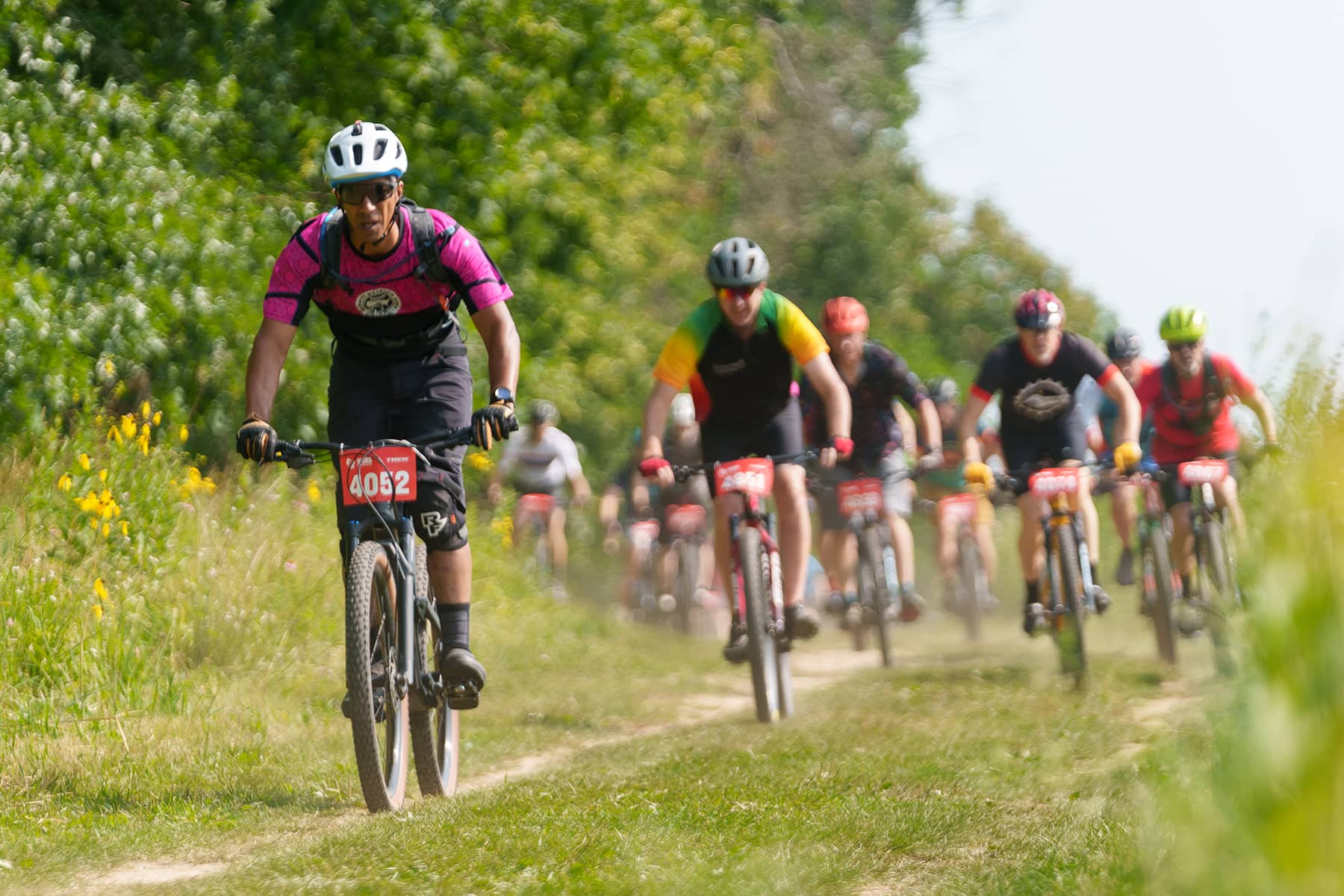
“Nature is not a place to visit, it is home.”
These words by noted environmentalist and poet, Gary Snyder resonate deeply with me, and any who venture outdoors to hike trails, ride their bikes through a forest, or simply lay on their back to look up through the trees.
Feeling at home in nature provides a sense of connection, purpose, and perspective that cannot be achieved online or engaged in a world of emojis, likes, or memes. For those not yet connected to nature, there remains an ever-present call just waiting to be heard. One that can ultimately lure thousands upon thousands to log off and connect by river, trail, or forest, to that inner sense of self that will make them feel right at home.
I’ve been blessed to experience this connection, and fortunate to have nature be part of my spiritual home for decades. Despite my experience, and that of a handful of my friends and family, I realize that many people of color like me are often not afforded this opportunity. More times than not, we are absent from the place that we can and should call home. Whether engaging in deep hikes in the wilderness, catching a sunrise on Lake Michigan, or marveling at the leaves as the seasons change, the energizing connection, calm, emotional wellness that emerges from our connection to nature eludes many of us.
There are a myriad of reasons for this, ranging from socio-economic, to the continuing legacy of red-lining, and the constraints placed on time and finances. But from my vantage point, as a middle-aged African American man who spends much of his free time outdoors, most recently on mountain bikes, is the enduring, and centuries-old narrative that keeps people of color from connecting to our home. It has been so pervasive that sometimes we also endorse it without objection, despite having it be a narrative we never wrote and that betrays our history. These narratives are so common that they’ve become the stuff of jokes, yet nothing about it is funny.
We don’t swim. Or that we don’t hike, bike, or thrive outdoors. Each of these are false narratives written by another, but that still fuel our exclusion from a host of activities. The result of this untested narrative has compounding and detrimental physical and emotional impacts on individuals and our community over time.
The correct narrative, however, is one that we wrote and is continuing to be written to this day. Many of these are based on the heroic and groundbreaking accomplishments by people of color. Accomplishments done outside, in the face of challenges that many of us, regardless of race, cannot even begin to fathom. It is by looking back at our history at home in nature, we can begin a course correction that will inspire us to realize where their true passions may lie, ultimately recognizing that it may be outdoors in the woods, wading in a stream, or like me, riding a mountain bike.
Currently, however, the lack of representation in mountain biking in Wisconsin is woefully inadequate, if not alarming. Data provided by the National Interscholastic Cycling Association reveals that a mere .81 percent of its athletes identified as African-American, while African-American coaches in the sport have even less representation at .23 percent. Similarly, America’s largest mountain bike series, the Wisconsin Off Road Series (WORS) yields similarly low representation often consisting of only one African-American rider out of between 700 and 1,000 participants.
But this needn’t be the case, because mountain biking is nothing new to people of color. Proof of this is best illustrated by the fact that the first mountain bikers in America were African-American. Nearly 100 years before the “birth” of mountain biking in Marin County in the late 1970s, the Buffalo Soldiers of the 25th Infantry Regiment Bicycle Corps rode 1,900 miles from Fort Missoula, Montana to St. Louis, Missouri.
Their journey began in 1897 and was marked by them sometimes logging 50 miles a day. This all African-American group of soldiers, rode over hills, up mountains, through streams and across valleys. In the absence of paved roads and often without trails, much of the journey resulted in them carrying their bikes to the next passage that was rideable.
The scale of their accomplishments, at the time, made national news, but sadly, it remains relatively unknown to the vast majority of Americans, and sadly to most people of color. Their journey is part of our narrative, and one that must be told. A narrative that reminds people of color that we have been there before, and that we are not alone in our love of nature, but rather the next in a long line of people of color who call nature their home.
And when this happens, we’ll simply be continuing along the trail put forth by the Buffalo Soldiers, as well as Major Taylor, an African-American world cycling champion in 1899, and Kittie Knox, an African American cyclist in the late 1800s who helped to desegregate the sport.
Thankfully, there is recognition to address the lack of inclusivity in the sport of mountain biking in Wisconsin. Groups like NICA, the Wisconsin Bike Fed, and local companies like Wheel and Sprocket and Trek each have aspects of their programming focused on inclusivity efforts. But even with their input, it is clear that much more work needs to be done.
The paucity of participation has been so profound that it served as inspiration for a group of local mountain bike enthusiasts to connect with other cycling advocates and leaders from across the nation to show Milwaukee, and in many ways the nation, that not only do people of color mountain bike, but we also enjoy the outdoors and that we are ready to call it our home once again.
The result of these efforts culminated in mountain bikers from across the country traveling to Wisconsin to bring awareness to the potential that lies in getting more people of color on bikes. Interwoven through this goal, however, was the central purpose and mission of making Milwaukee County the Midwest’s center for urban mountain biking by building trails that connect some of Milwaukee’s most vibrant communities to an opportunity to get more people on bikes. This mission resulted in an amazing event in July that, needless to say, far exceeded expectations.
In late July of 2023, nearly 100 riders from 12 states came to Waterloo, Wisconsin to ride mountain bikes together at Trek headquarters. Through switchback climbs, downhill flowy sections, tired legs and many miles ridden, these Black, Brown, Asian, Filipino, and countless others mountain bikers from across the country began this journey as strangers, but quickly became friends as the days passed and miles ridden accumulated. Each individual connected through the confluence of nature and mountain biking, but also seeing in each other a recognition that they were no longer “an only” but rather for the first time, one of many.
One of many, riding trails 30 deep with hoots, hollers and high fives intermittently sprinkled throughout the day. One of many, sitting down over dinner sharing stories of their journeys as a rider of color, but also their thousand of miles ridden over obstacles both literal, social and psychological.
One of many who rode with over 40 BIPOC students from Milwaukee along miles of the John Muir Trail. And most of all, one of many who are now part of the continuing journey that was started over 100 years ago from Missoula to Missouri by the Buffalo Soldiers.
And as one of many, I felt a certain sense of gratitude and affirmation because for once, I was lost in the crowd. No longer standing out, but blending in, and deeply integrated in a community that understands the journey we all are on.
Yes, our journey continues without any let up or hesitation. We have gotten this far as a result of our local, and yes, national community of advocates who are relentless in their vision and mission. All of whom worked together to create four magical days in July that corrected the narrative of what we can do and where our passions lie. And most telling of all is the fact that we now understand in no uncertain terms that if we can have people drive from Colorado, or fly out from DC or Los Angeles to come home to nature, then we also can make it easy for a kid in Milwaukee, a family, or someone curious about mountain biking to simply ride a bike to a trail in the heart of our city.
Quite simply, every piece is in place for Milwaukee to welcome its residents back home to nature. There is land available, there is interest, and most of all there is a narrative of our own choosing that we are writing and it includes getting more of us not only outside on bikes, but also going for a walk, engaging and connecting with one another.
Milwaukee will become the Midwest center for urban mountain biking. And once those trails are built in our city, those responsible, and those who will walk and ride along these trails must be sure not to view it as “a first”, but rather recognize with humility and pride that these trails are merely a continuation of a centuries-old journey. These trails will represent the next leg of a journey that the Buffalo Soldiers, Major Taylor, and Kittie Knox started for us many years ago.
But this time the trails won’t lead us from Montana to Missouri, but rather take us one step closer to improve health, wellness, and a much greater connection to one another. And best of all, it’ll be at our home, in nature, which is thankfully in our own backyard.
© Photo
Korey Hopkins / Khop Shoots

